The Porsche 911 GT2 RS Clubsport was sold new to the four-time Formula 1 champion. The Porsche 911 GT2 RS Clubsport was sold new to the four-time Formula 1 champion.
Автор: karymsakov_qq4zn395
-
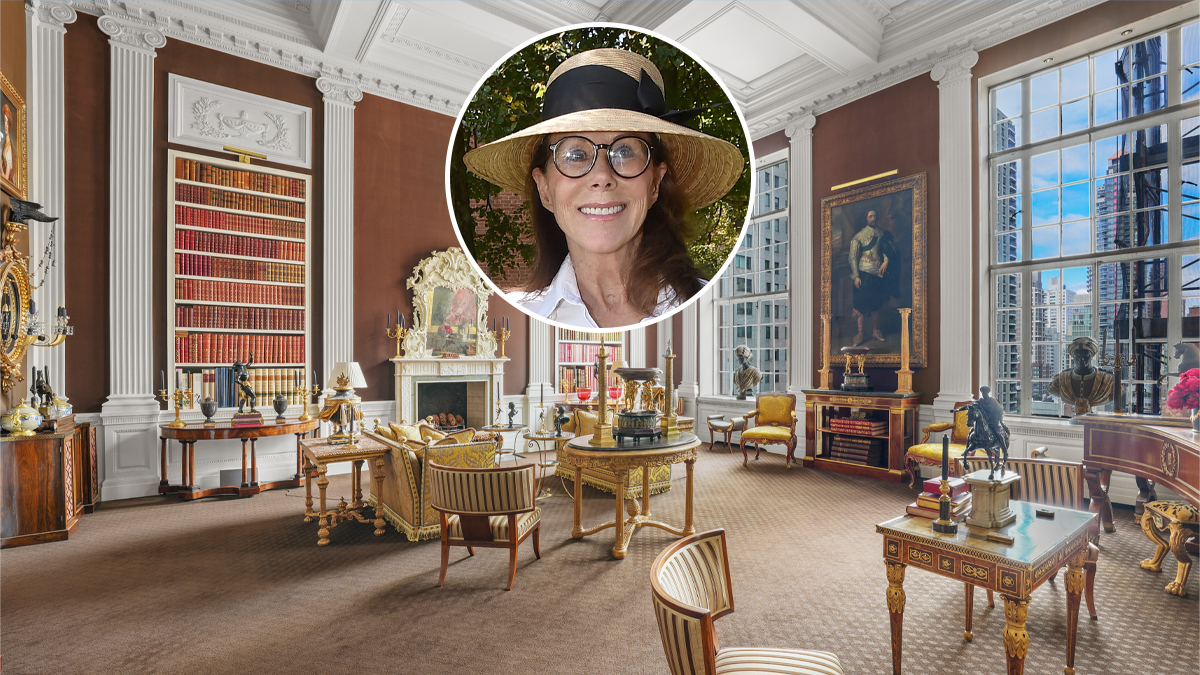
The Sumptuous Duplex of a New York Style Icon Lists for $5.5 Million
The Sutton Place apartment long owned by former fashion designer Carolyne Roehm is now on the market for the first time in over two decades. The Sutton Place apartment long owned by former fashion designer Carolyne Roehm is now on the market for the first time in over two decades.
-

Why the Volkswagen Beetle Is One of the Most Important Cars Ever Made
Built from 1938 to 2003, the model had more than 21.5 million examples produced, and its legacy continues to grow. Built from 1938 to 2003, the model had more than 21.5 million examples produced, and its legacy continues to grow.
-
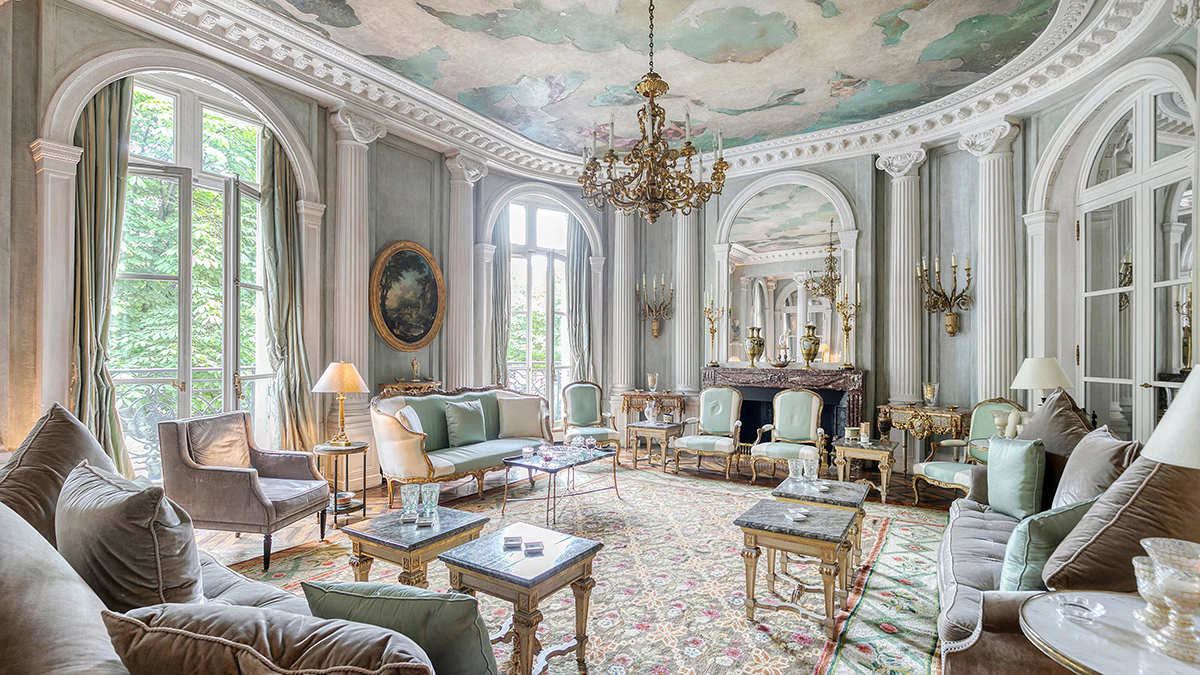
This $11.6 Million Apartment in the Chic 16th Arrondissement Oozes With Parisian Opulence
The light-filled residence showcases intricate dentil moldings, gilt trimmed millwork, and fluted pilasters. The light-filled residence showcases intricate dentil moldings, gilt trimmed millwork, and fluted pilasters.
-
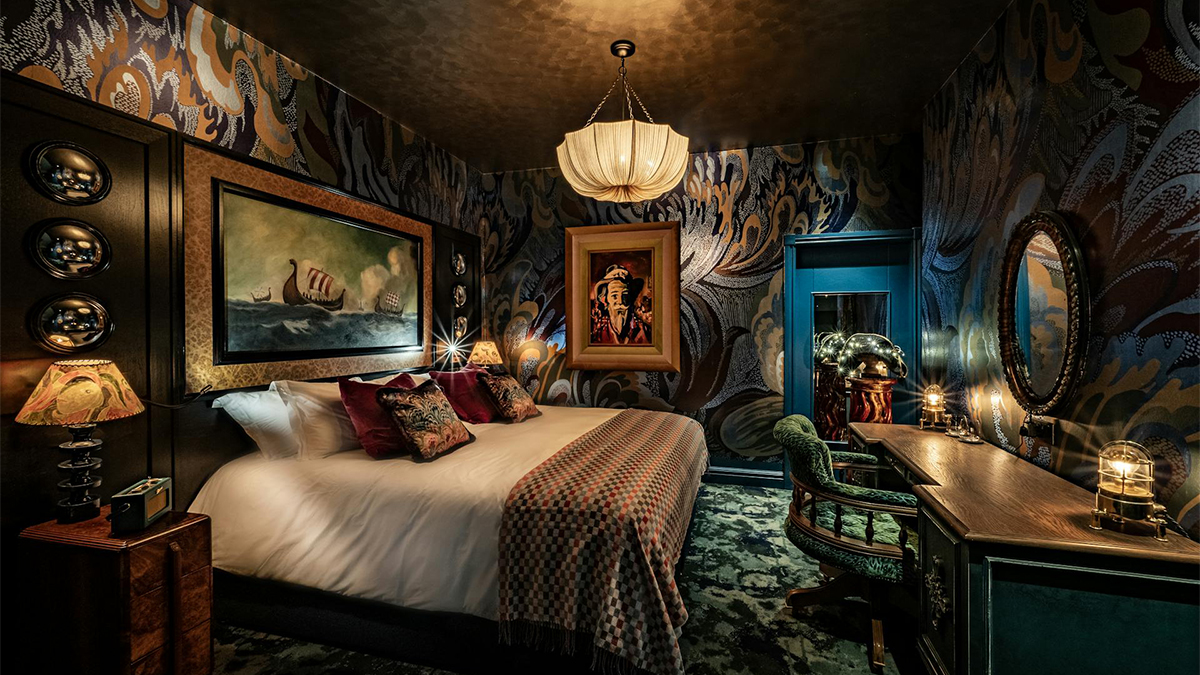
Inside Whisky Maker Ardbeg’s Whimsical New Hotel in Scotland
The luxe boutique offers special access to the distillery. The luxe boutique offers special access to the distillery.
-

Bushmills’s New 26-Year-Old Single Malt Is an Ode to Chocolate
This new Irish whiskey was made from crystal malt barley to infuse it with flavor. This new Irish whiskey was made from crystal malt barley to infuse it with flavor.
-
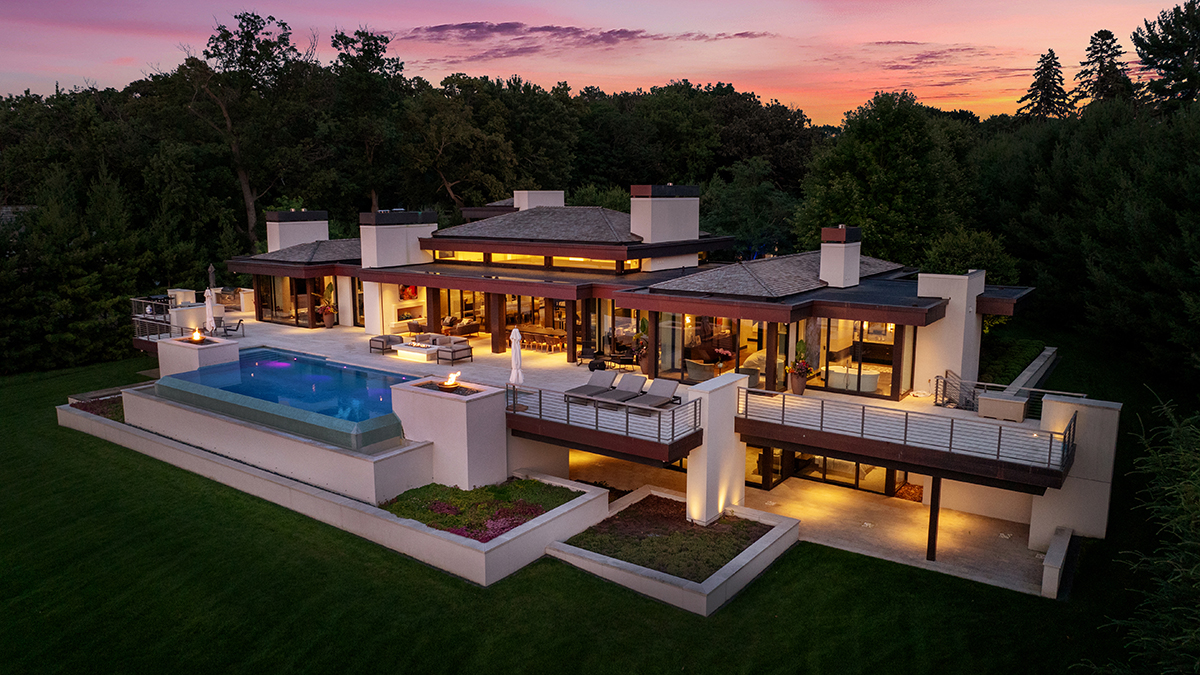
This $22 Million Minnesota Home Is a Modern Marvel on Lake Minnetonka
The sleek five-bedroom, nine-bath lakeside retreat has an infinity pool, a waterside pavilion, and a private dock. The sleek five-bedroom, nine-bath lakeside retreat has an infinity pool, a waterside pavilion, and a private dock.
-

Road Test: The 2026 Genesis GV70 Is a Refined, Under-the-Radar Standout
The company’s luxury compact SUV remains one of the best options in its class. The company’s luxury compact SUV remains one of the best options in its class.
-
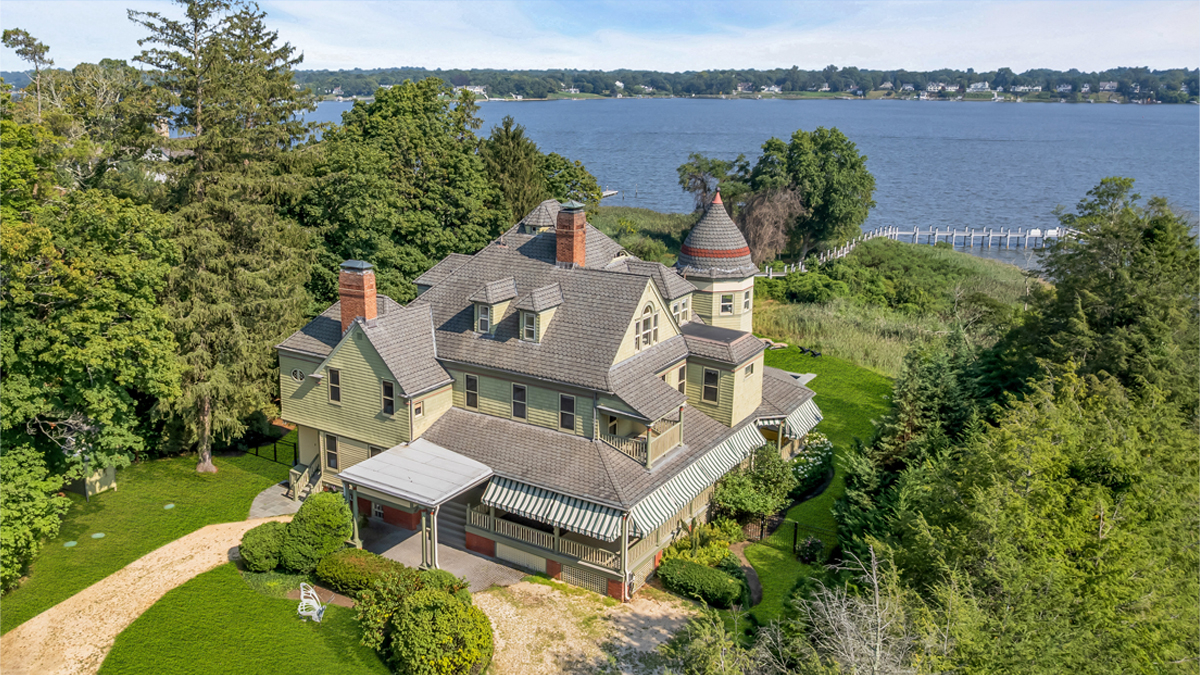
This $6.5 Million Waterfront N.J. Home is Just an Hour by Boat from N.Y.C.
The 19th-century Victorian mansion rests along a 3-acre bluff overlooking the Navesink River in Red Bank, where you can catch a swiftly moving ferry into Manhattan. The 19th-century Victorian mansion rests along a 3-acre bluff overlooking the Navesink River in Red Bank, where you can catch a swiftly moving ferry into Manhattan.
-

Pappy Van Winkle’s 2025 Bourbon Collection Is Here
And a bottle of collector-favorite Old Rip Van Winkle 25 is up for grabs. And a bottle of collector-favorite Old Rip Van Winkle 25 is up for grabs.
